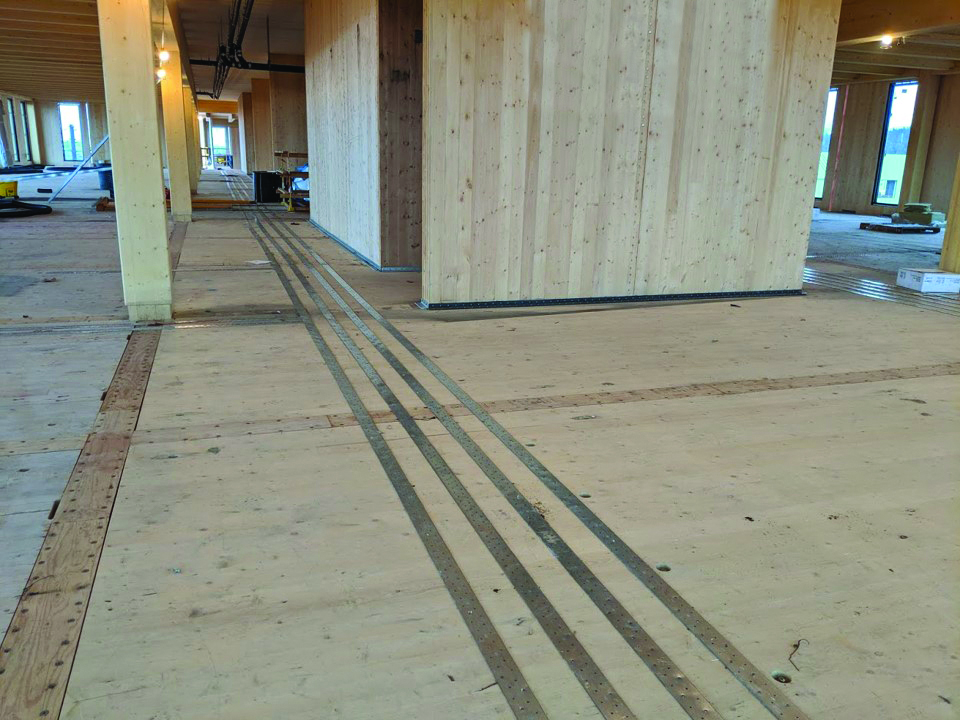
When striving for material efficiency, the design of mass timber floor and roof systems to resist horizontal wind and seismic loading through diaphragm action is an important consideration. The design of diaphragms with mass timber panels typically follows one of two load path strategies. For diaphragms in nail-laminated timber (NLT), dowel-laminated timber (DLT), and glue-laminated timber (GLT) decking, a structural topping layer of wood structural panels is commonly used. For cross-laminated timber (CLT) diaphragms using CLT made from either solid sawn lumber or veneer-based structural composite lumber, the panels can be the primary diaphragm structural element. This presentation will provide detailed structural design and detailing recommendations for wind and seismic load-resisting diaphragms made from all of these products. It will also feature an in-depth review of the provisions for CLT diaphragm design in the American Wood Council’s code-referenced standard, 2021 Special Design Provisions for Wind and Seismic (SDPWS). To demonstrate practical design techniques, CLT diaphragm detailing options and examples will be presented based on WoodWorks’ new CLT Diaphragm Design Guide.
By the end of the course, you will be able to do the following:
- Understand diaphragm detailing and design considerations for multiple types of mass timber panels.
- Discuss new provisions contained in the 2021 SDPWS related to the design of CLT diaphragms.
- Examine common panel-to-panel detailing options in CLT diaphragms to understand the impact of detailing on the relative strength, stiffness, costs and constructability.
- Describe some detailing challenges and solutions for chord and collector conditions in CLT diaphragms.
